#historical
Text


Frede (Suzanne Baulé) (deceased)
Gender: Female
Sexuality: Lesbian
DOB: 8 November 1914
RIP:13 February 1976
Ethnicity: White - French
Occupation: Entrepreneur, bar owner
Note: Frede was the first to allow women to dance together in a classic cabaret.
#Frede#Suzanne Baulé#Suzanne Baule#lgbt history#lgbt#lgbtq#wlw#lesbian history#lesbianism#female#lesbian#1914#rip#historical#white#french#entrepreneur#first#tw smoking#popular#popular post#200
263 notes
·
View notes
Text
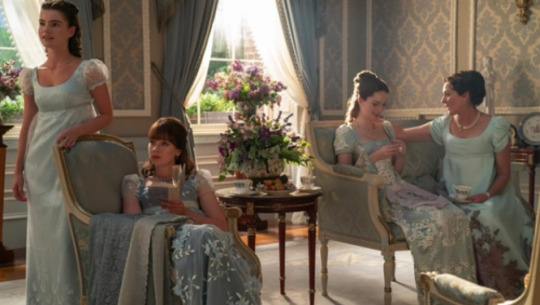
on wednesdays we wear bridgerton blue
#bridgerton#history#historical#regency#regency era#Aesthetic#Coquette#Dollette#female hysteria#femcel#lana del rey#hyperfeminine#girlblogger#girlythings#girlhood#girlblogging#it girl#girlworld#lana del rey aka lizzy grant#2014 tumblr#2014 aesthetic#sofia coppola#girl interrupted syndrome#hell is a teenage girl#femininity
118 notes
·
View notes
Text
✨️IN BLOOD WE RISE has updated ✨️


inbloodwerise.com
Thank you for your patience!
67 notes
·
View notes
Text

A Belgian refugee family in a British horse-drawn wagon. Courtrai, 18 October 1918. British soldier holding one of their children.
#World War One#The Great War#1918#1917#1916#1914#first world war#history#historical#historical photos#world history#canadian history#military history#british army#Indian History#war#military#somme#Battle of the Somme#france#belgium#the western front#vimy ridge#Battle of Vimy Ridge
58 notes
·
View notes
Text






Truly is a very, very heartbreaking day…400 years worth of history gone up in flames. 💔
The old Stock Exchange building in Copenhagen 1620-2024…
#my pictures#tw fire#tw smoke#danish stock exchange#denmark#copenhagen#tragedy#history#sad day#tragic#fire#flames#iconic building#børsen#iconic#historical
38 notes
·
View notes
Text
The dangers of the combat zone

"Women accompanying the military were in what military historian John Lynn calls the combat zone, which is
best defined by the intensity and immediacy of danger and by the ability to do direct harm to the enemy… the full reality of war lives here. Modern armies regard it as an innovation to send some women into combat, but in the campaign community all women stood in harm’s way.
It would be odd to imagine that the women accompanying an army, exposed as they were to all the dangers of the military world, didn’t pick up arms and fight. In 1643, in the earlier stages of the English Civil War, a regiment of troops was recalled from Ireland to support King Charles. Rumours swirled that they were accompanied by a regiment of women, and that ‘these were weaponed too; and when these degenerate into cruelty, there are none more bloody’. Indeed, when 120 Irish women were taken prisoner at Nantwich they were discovered to have long knives with them, causing a furore in the press. The dubiously named True Informer excitedly reported that the knives in question were half a yard long, with a hook at the end ‘made not only to stab but to tear the flesh from the very bones’. The likeliest explanation for these knives, however, is that the women weren’t soldiers; they were camp followers, and they needed the knives to help them with pillage and self-defence.
The women of the campaign community did fight. The Bishop of Albi, on the battlefield of Leucate in southern France to administer to the dying in 1637, came upon the bodies of several women in uniform. ‘These were the real men,’ he was told by the Castilian soldiers, ‘since those who had fled, including certain officers, had conducted themselves like women’.
Madeleine Kintelberger was a vivandière accompanying the French Seventh Hussar Regiment at Austerlitz in 1805, along with her soldier husband and their six children. The regiment was under heavy attack from Russian forces when her husband was killed by a cannonball, and her children seriously wounded. Madeleine herself had taken a cannonball to the arm, virtually slicing it off below the shoulder. As the Russian Cossacks approached, she scooped up a sword to defend her children, receiving further wounds in both her arms before the family was taken prisoner. Madeleine was six months pregnant and gave birth in captivity. Her bravery was rewarded with a pension from Napoleon. Examples of cantinières fighting are ‘legion’."
Forgotten Warriors, Sarah Percy
#history#women in history#women's history#19th century#17th century#women warriors#warrior women#madeleine kintelberg#european history#historical figures#historical#france#franch history#england#english civil war#napoleoni
39 notes
·
View notes
Text


#historical fashion#fashion#historical#history#historical clothing#historical dress#long dress#textiles#textile#1770s fashion#1770s#1700s art#1700s fashion#late 1700s#1700s#18th century#late 18th century#18th century art#18th century fashion#old fashioned#high fashion#dress#dresses#gown#ballgown#rococo
37 notes
·
View notes
Text


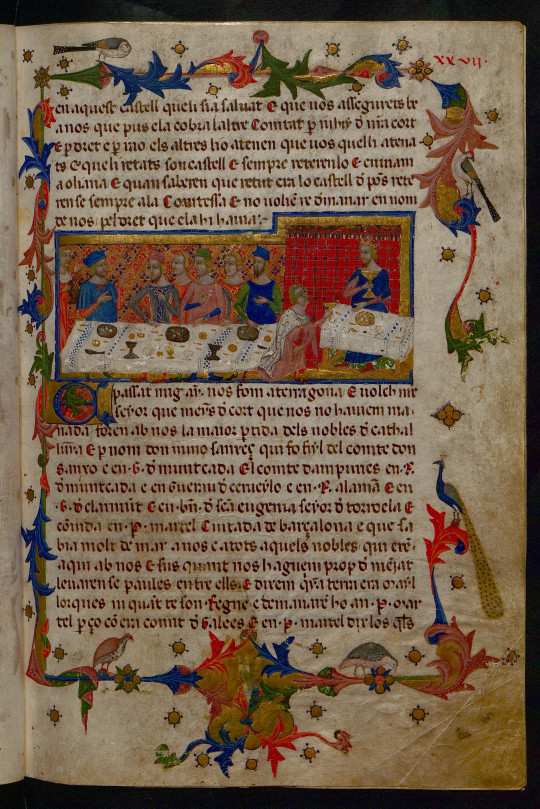
Chronicle of the King James I (Jaume I) of Catalonia-Aragon (1208-1276). Manuscript copy written in the year 1343 in Poblet, Catalonia. University of Barcelona library.
James I's chronicle titled Llibre dels fets ("Book Of The Deeds") is regarded as the first secular chronicle-autobiography attributed to a Christian king.
#història#jaume i#arts#literatura#history#literature#art history#illuminated manuscript#medieval#middle ages#1200s#13th century#books#books and reading#reading#historical#artifact#europe#catalonia#cultures
41 notes
·
View notes
Text
Just found another Irving letter that made me very sad- not because he's melancholic in it, but because in light of what would happen to the expedition it hits very hard. It's to his sister-in-law, Catherine Irving:
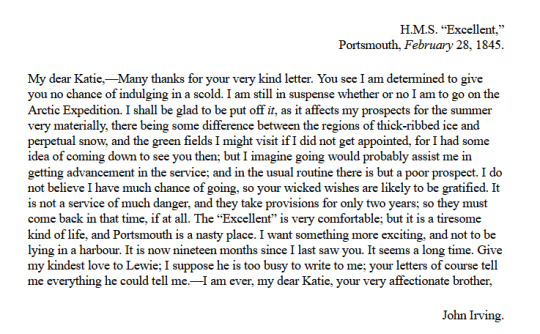
(context: in an earlier letter he mentioned that he talked to his father about wanting to go to the Arctic, and he in turn mentioned it to Sir George Clerk, a relative of theirs with good contacts in the Admiralty)
"I shall be glad to be put off it, as it affects my prospects for the summer very materially, there being some difference between the regions of thick-ribbed ice and perpetual snow, and the green fields I might visit if I did not get appointed, for I had some idea of coming down to see you then; but I imagine going would probably assist me in getting advancement in the service; and in the usual routine there is but a poor prospect." -> he didn't even fucking want to go anymore, apparently. he wanted to go back to Scotland to see his family :-( but he thought it would mean promotion once he got back home (and yeah, it probably would) so he went anyway.
"I do not believe I have much chance of going, so your wicked wishes are likely to be gratified. It is not a service of much danger, and they take provisions for only two years; so they must come back in that time, if at all." -> this gives me the impression that Kate thought it was dangerous, didn't want him to go, expressed these concerns; here he tries to assuage her fears both by saying that maybe he wouldn't be selected but even if he did there probably wasn't any danger and if they only had rations for 2 years then that meant they would only stay away for 2 years tops. jesus fucking christ :-(
"I want something more exciting, and not to be lying in a harbour. It is now nineteen months since I last saw you. It seems a long time." -> you might want to just. lie in a harbor if you knew what was coming, sir. but you couldn't, could you? no one could. granted many expeditions had seen death and great duress- but for all its participants to vanish? that was, as far as i know, unprecedented. 19 months. well. you wouldn't see them ever again.
(Link to the letter here)
26 notes
·
View notes
Text
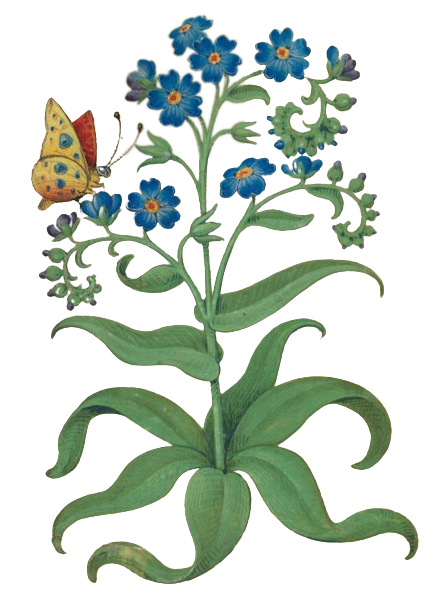
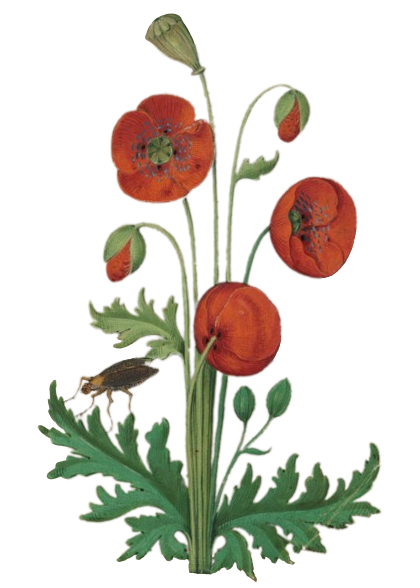

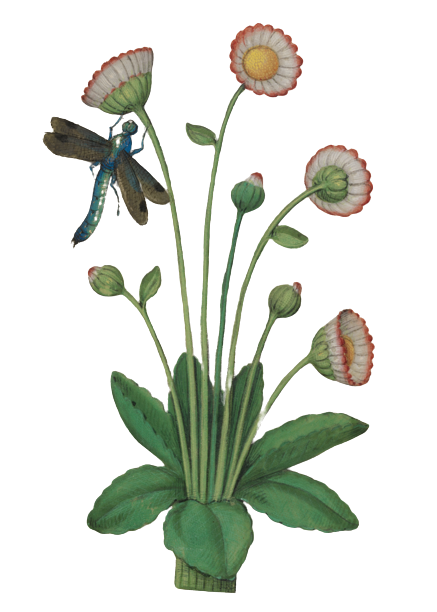





16th century flower illustration PNGs.
(source: Book of Flower Studies, ca. 1510–1515)
#png#pngs#transparent#moodboard#artboard#imageboard#sticker#stickers#collage#mixed media#16th century#1500s#historical
18K notes
·
View notes
Text

R. C. Gorman (deceased)
Gender: Male
Sexuality: Gay
DOB: 26 July 1931
RIP: 3 November 2005
Ethnicity: Native American (Navajo)
Occupation: Artist, sculptor
Note 1: Opened the Navajo Gallery in Taos in 1968. It was the first Native American-owned art gallery. In 1973, he was the only living artist whose work was shown in the "Masterworks from the Museum of the American Indian" exhibition held at Metropolitan Museum in New York City. Two of his pieces were selected for the cover of the exhibit's catalog.
Note 2: Upon his death, New Mexico's governor Bill Richardson ordered flags flown at half-staff in his honor.
Note 3: Referred to as "the Picasso of American Indian artists" by The New York Times.
#R. C. Gorman#R C Gorman#Rudolph Carl Gorman#native american history#lgbt history#lgbt#male#gay#1931#rip#historical#poc#native#native american#artist#sculptor#first#popular#popular post#200
226 notes
·
View notes
Text
all period typical nicknames are free reign
#chitra.txt#historical#i could have fit more but i feel like that wouldnt be in the spirit of the era#like people existed who werent these but less common#polls
18K notes
·
View notes
Text


Sintra, Portugal
#dark academia#light academia#classical#academia aesthetic#academia#escapism#books and libraries#classic literature#books#architecture#old#building#historical#portugal#royal core#cottage core#goblincore#fairy core#magical#fantasy#aesthetics#mood#vibe#tumblr
7K notes
·
View notes
Text

Vimy Ridge from the Loos Arras Road. This gives an idea of the importance of Vimy Ridge seen on the horizon and its consequent importance to the holders. Taken from within the German lines. 1918
#World War One#The Great War#1918#1917#1916#1914#first world war#history#historical#historical photos#world history#canadian history#military history#british army#Indian History#war#military#somme#Battle of the Somme#france#belgium#the western front#vimy ridge#Battle of Vimy Ridge
23 notes
·
View notes
Text

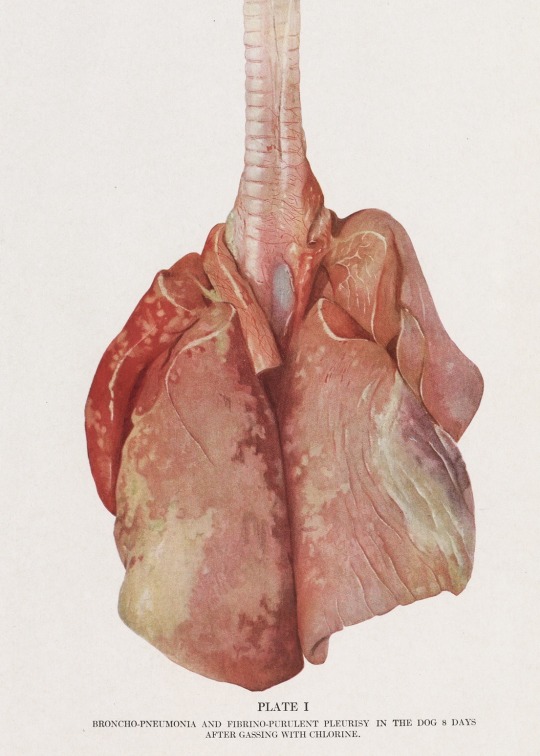


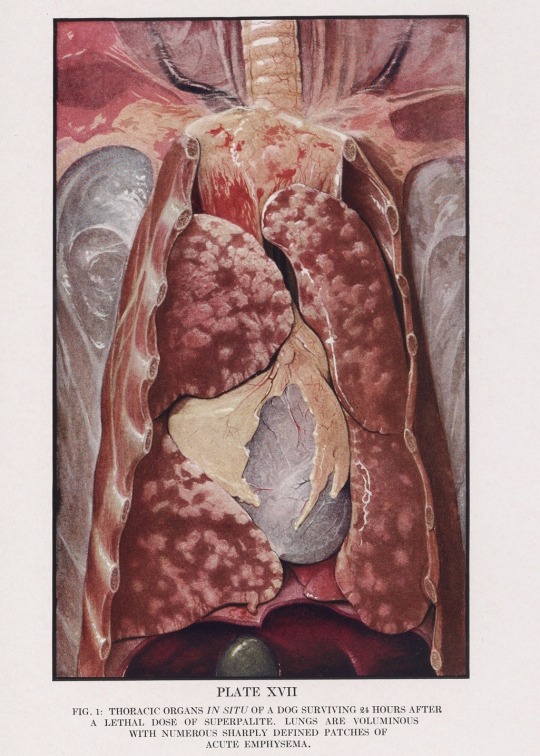
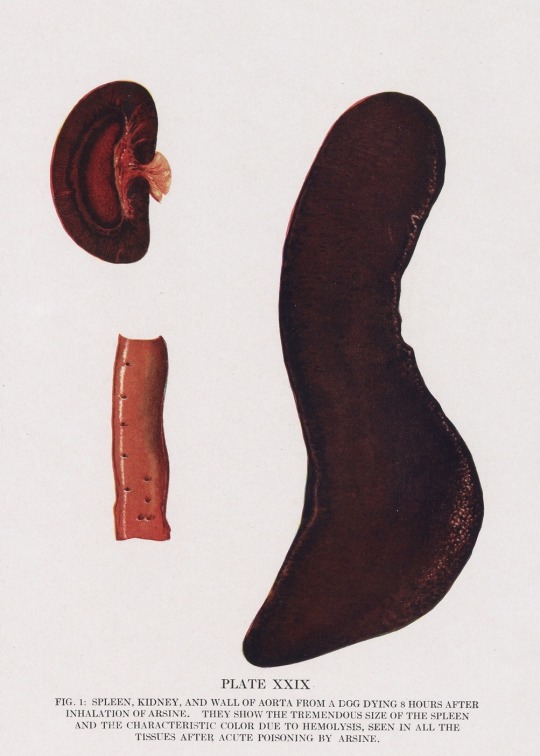


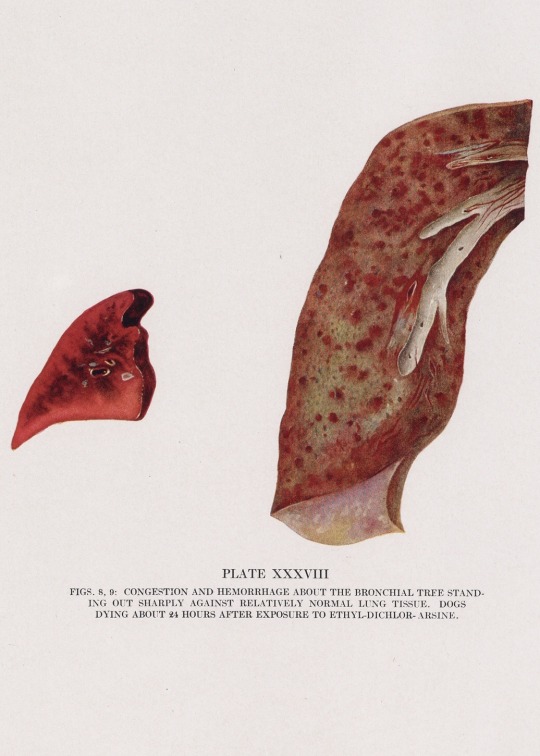

Collected Studies on the Pathology of War Gas Poisoning (1920)
— by Milton C. Winternitz, Robert A. Lambert
#illustration#illustrations#art history#historical#painting#art#drawing#dark academia#medical whump#whump#whump art#hannibal aesthetic#hannibal lecter#hannibal#nbc hannibal#aesthetic#red aesthetic#illustrated book#artist#artists#anatomy#art community#chaotic academia#goth#gothic
5K notes
·
View notes
Text

rhytons.... practicing my flash skills
3K notes
·
View notes